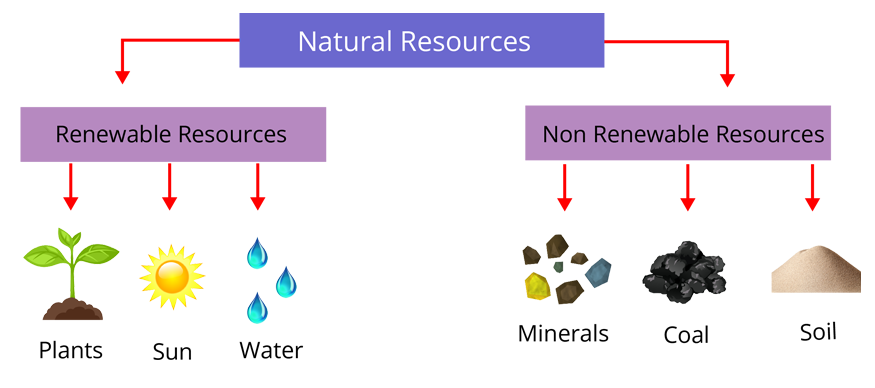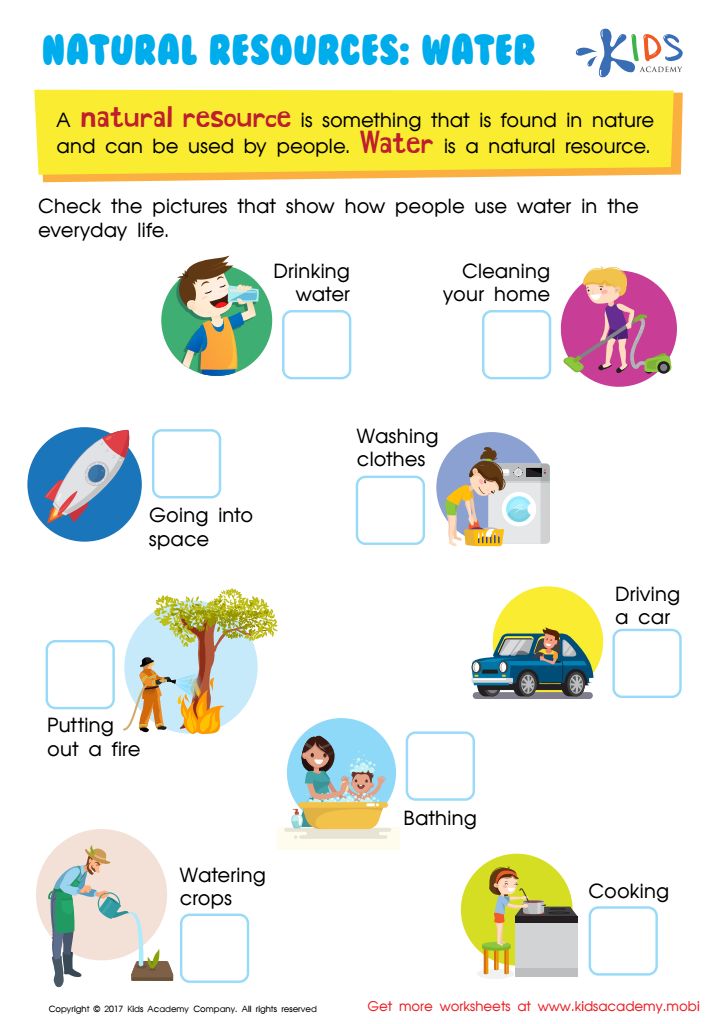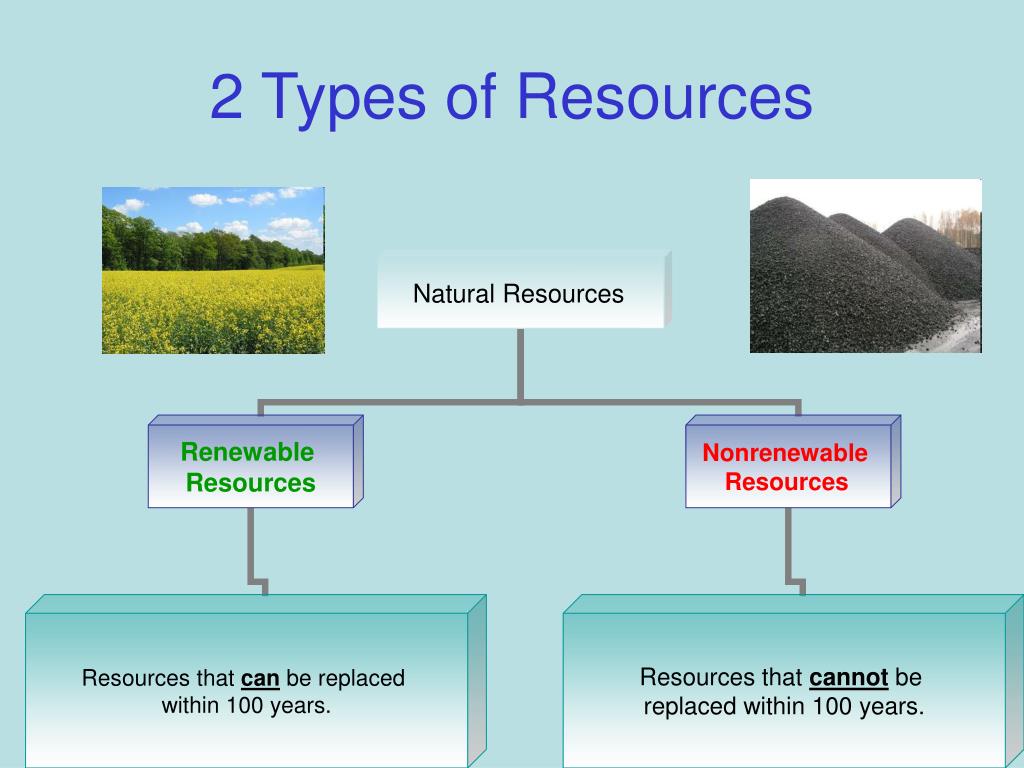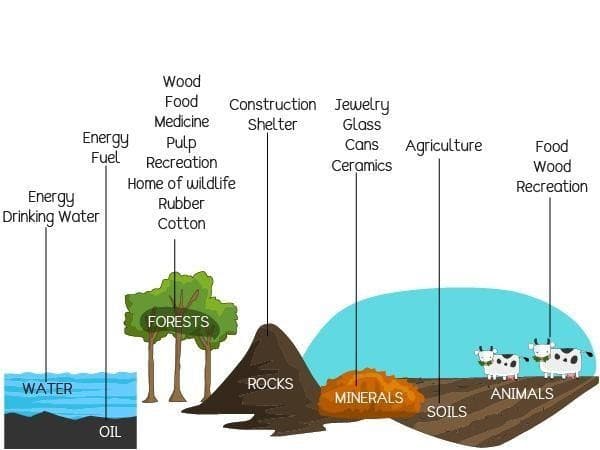Which Is A Correct Statement About Natural Resources
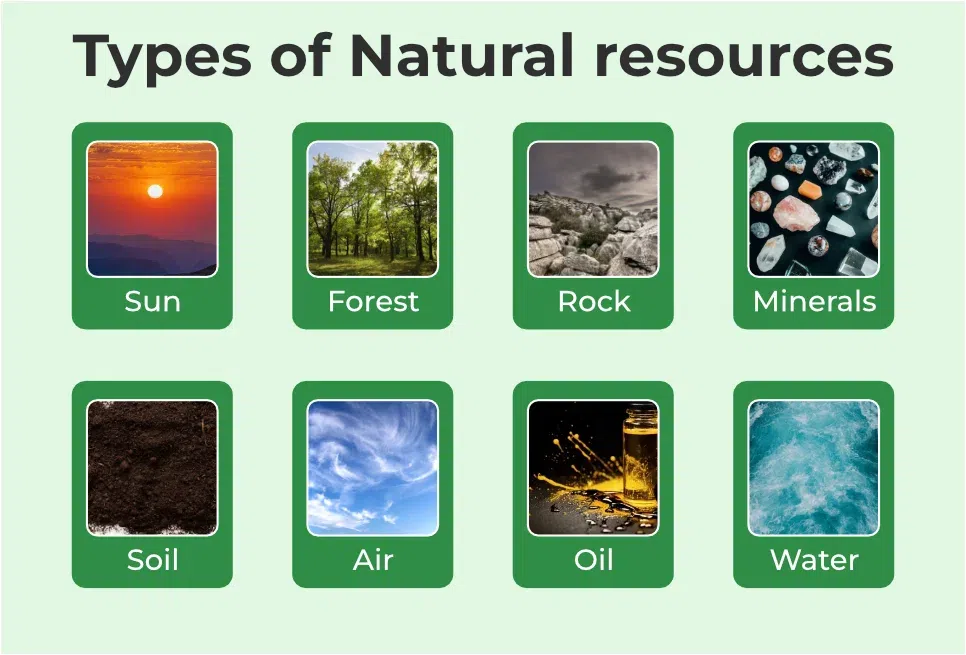
The definition and management of natural resources are increasingly complex, sparking ongoing debate about their true nature. A fundamental question persists: Which statement accurately reflects the essence of natural resources?
The core of the discussion centers on whether natural resources are solely materials extracted from the Earth, or if the concept extends to encompass broader environmental elements and processes that benefit humanity. Understanding this distinction is crucial for informed policy decisions related to sustainability, conservation, and economic development.
At its simplest, a natural resource is anything derived from the environment that humans use. This includes familiar examples such as minerals, forests, water, and fossil fuels. Traditionally, the focus has been on these tangible assets, viewing them as commodities to be extracted and utilized for economic gain.
However, this narrow interpretation has faced growing criticism in recent decades. Many argue that a comprehensive view of natural resources must include ecosystem services. These are the benefits that humans freely gain from the natural environment and properly-functioning ecosystems.
These services include pollination of crops by insects, purification of water by wetlands, regulation of climate by forests, and protection from erosion by coastal mangroves. They are essential for human well-being and economic stability.
The Traditional View: Resources as Commodities
The traditional perspective often emphasizes the economic value of natural resources. This view prioritizes the extraction and processing of raw materials to generate wealth.
For example, the Organization of the Petroleum Exporting Countries (OPEC) focuses on managing the supply and price of crude oil, a critical natural resource for energy production. Similarly, mining companies are primarily concerned with extracting minerals like iron ore, copper, and gold, driving economic growth in many regions.
This commodity-driven approach has undeniably fueled industrial development and improved living standards in many parts of the world. However, it has also led to environmental degradation and resource depletion in some cases.
The Ecosystem Services Perspective: A Broader Definition
The concept of ecosystem services gained prominence in the late 20th century, challenging the traditional view. This perspective recognizes the intrinsic value of natural ecosystems and their contribution to human well-being.
According to the Millennium Ecosystem Assessment, a landmark UN study published in 2005, ecosystem services are the benefits people obtain from ecosystems. The assessment identified four main categories of ecosystem services: provisioning, regulating, cultural, and supporting services.
Provisioning services include the production of food, water, timber, and fiber. Regulating services encompass climate regulation, disease control, and water purification. Cultural services include recreational, aesthetic, and spiritual benefits. Supporting services are those necessary for the production of all other ecosystem services, such as soil formation and nutrient cycling.
Bridging the Gap: Sustainable Resource Management
The debate over defining natural resources is not merely academic. It has significant implications for how we manage and protect the environment. A sustainable approach requires integrating both the commodity and ecosystem service perspectives.
This means acknowledging the economic value of natural resources while also recognizing the importance of maintaining healthy ecosystems. It necessitates adopting practices that minimize environmental impact, conserve resources, and promote long-term sustainability.
Governments, businesses, and individuals all have a role to play in promoting sustainable resource management. Policy interventions such as carbon pricing, environmental regulations, and protected areas can help to internalize the environmental costs of resource extraction and consumption.
Furthermore, investing in renewable energy sources, promoting energy efficiency, and adopting circular economy models can reduce our reliance on finite natural resources. Consumer choices also matter, as individuals can support sustainable businesses and reduce their environmental footprint.
Examples of Integrated Approaches
Several initiatives around the world demonstrate the potential of integrated resource management. Costa Rica, for example, has become a global leader in ecotourism, leveraging its biodiversity to generate economic benefits while protecting its natural ecosystems.
The country's payments for ecosystem services (PES) program compensates landowners for conserving forests and watersheds, providing incentives for sustainable land management. Another example is the development of sustainable forestry practices, which aim to balance timber production with the conservation of forest biodiversity and ecosystem services.
These practices include selective logging, reforestation, and the protection of old-growth forests. Certification schemes such as the Forest Stewardship Council (FSC) help consumers identify and support sustainably managed forests.
The Role of Technology and Innovation
Technological advancements play a crucial role in improving resource efficiency and reducing environmental impact. For example, precision agriculture uses sensors, drones, and data analytics to optimize fertilizer and water use, minimizing waste and pollution.
Advanced recycling technologies can recover valuable materials from waste streams, reducing the need for virgin resource extraction. Furthermore, the development of alternative materials, such as bioplastics made from renewable resources, can reduce our reliance on fossil fuels.
The key is to foster innovation that promotes both economic growth and environmental sustainability.
Conclusion: A Holistic View for a Sustainable Future
Ultimately, the most accurate statement about natural resources is that they encompass both commodities and ecosystem services. A narrow focus on extraction and economic gain is insufficient to ensure long-term sustainability.
A holistic approach that recognizes the intrinsic value of natural ecosystems and their contribution to human well-being is essential. By integrating both perspectives, we can develop more effective policies and practices for managing and protecting our planet's natural resources for future generations.
The challenge lies in finding the right balance between economic development and environmental conservation. It requires collaboration among governments, businesses, and individuals to promote sustainable resource management and build a more resilient and equitable future for all.


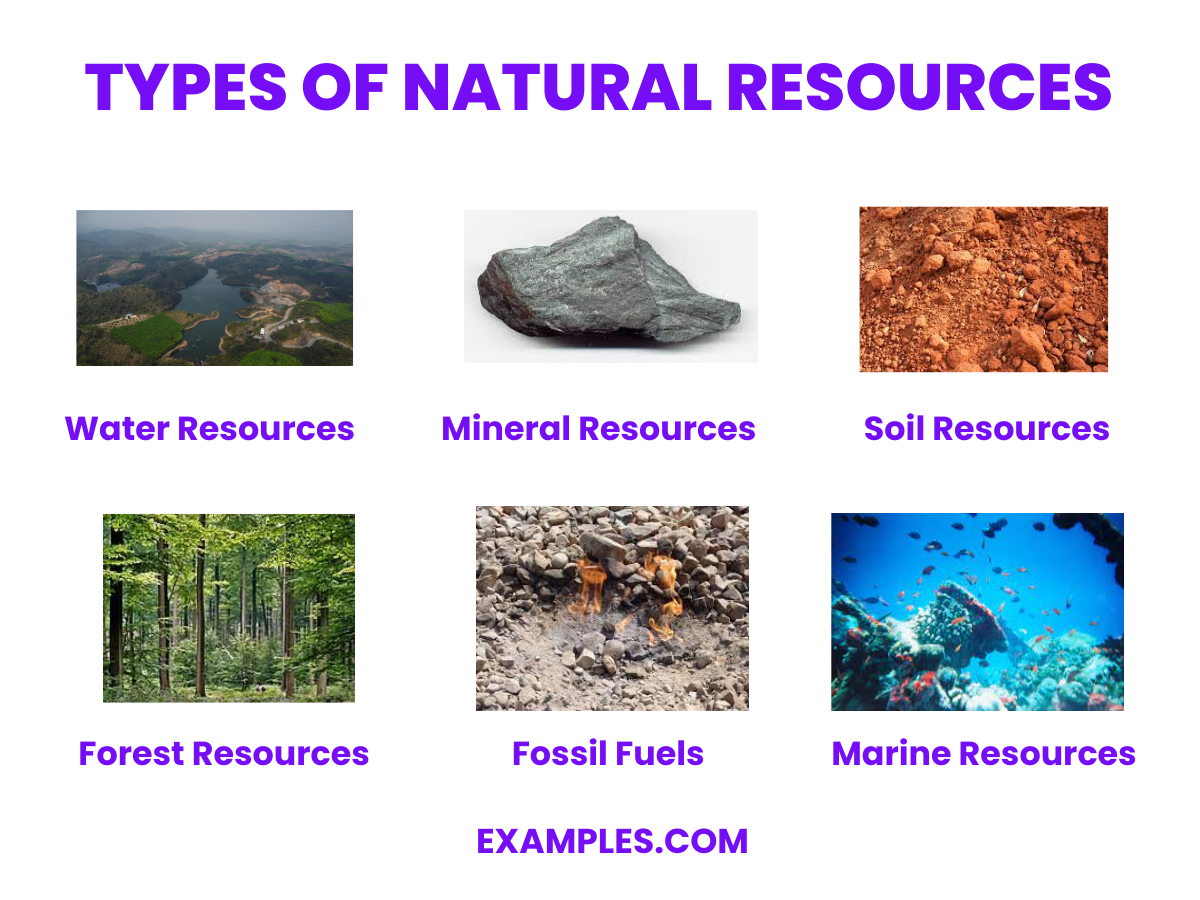

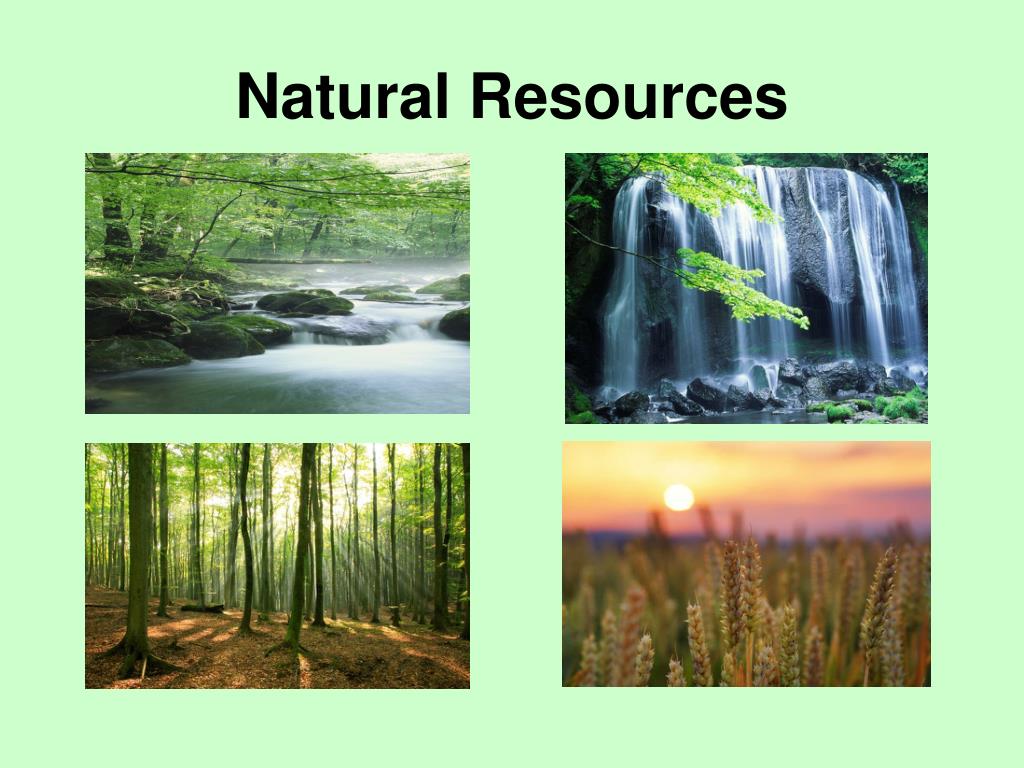

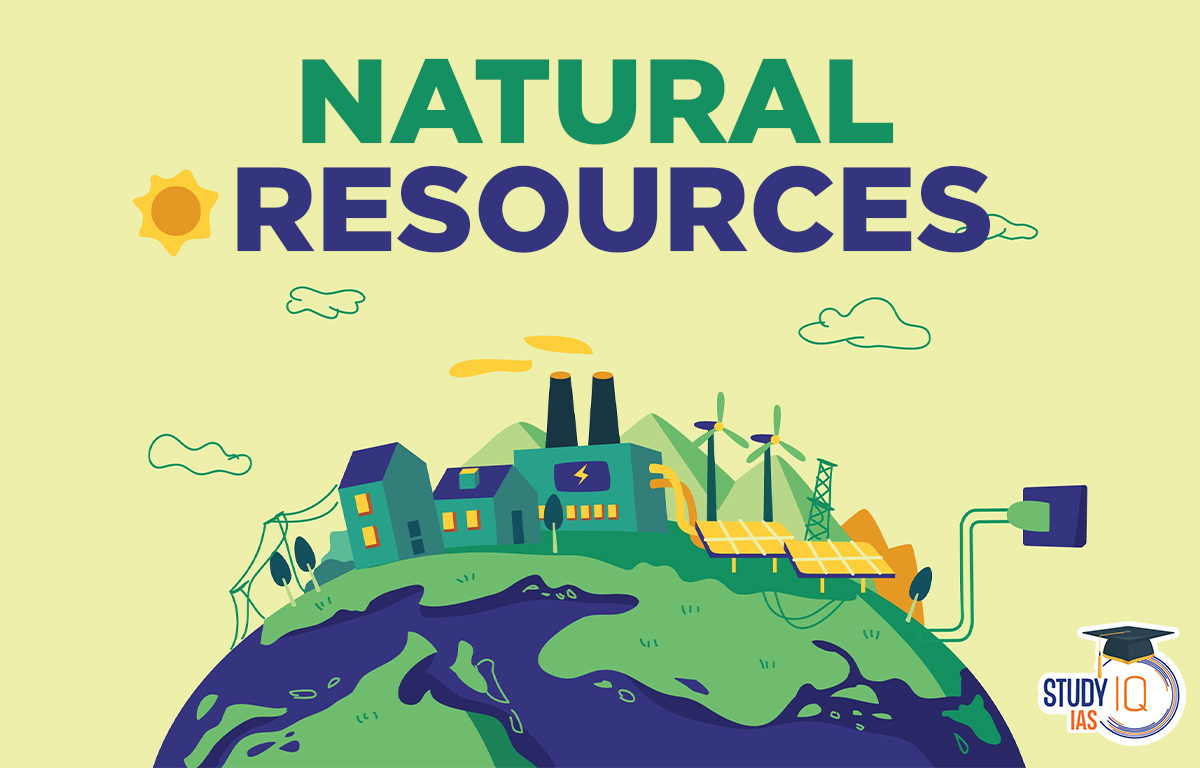
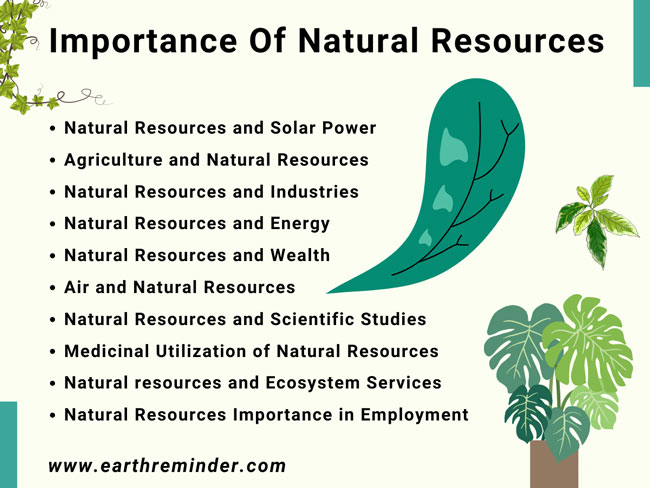
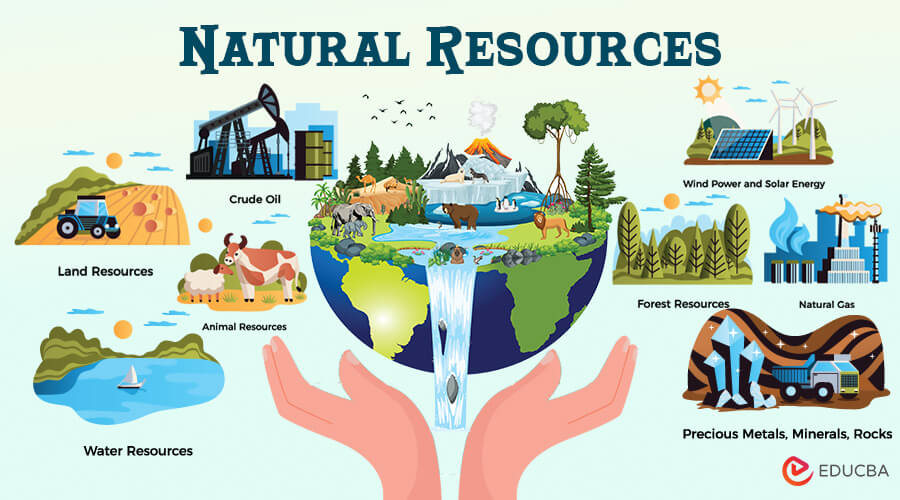

![Which Is A Correct Statement About Natural Resources [Geography Class 10] Resources - Detailed Explanation - Teachoo](https://d1avenlh0i1xmr.cloudfront.net/e03cc6bd-13ef-439f-a53d-4d1f5d2c51f0/various-types-of-resources---teachoo.jpg)
